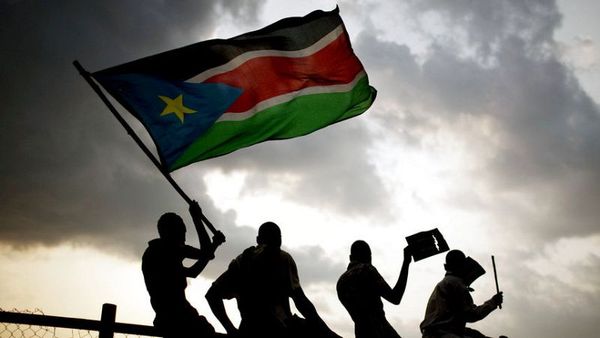A detailed analysis of the earth’s trees was made a few years ago. The method for this global effort utilised ground-based sample counts extended to calculations on images from satellites, using sophisticated algorithms (Nature, 2015). The study estimated that our planet has about three trillion trees. The number came as a surprise, as it was much higher than all earlier scholarly estimates. And the satellite images also provided a measure of how these trees are distributed over the earth. The world average works out to a little over 400 trees per human.
South American rainforests contain 15-20% of all the trees on earth. Another large number, mostly conifers, is present in the Boreal forests or Taiga of the Northern latitudes, spread over Canada and Russia. As a result of this profusion of coniferous trees, every Canadian resident has the ‘luxury’ of nearly 9,000 trees.
In sharp contrast, 15 lakh people who live in the Middle Eastern Island nation of Bahrain make do with just 3,100 trees. About five trees per sq. km.
Other oxygen sources
It should be noted that vast areas of the earth are grasslands with relatively few trees. In all, grasses produce nearly as much oxygen as the trees of the world. Then we have marine cyanobacteria and algae — photosynthesis in these microscopic creatures produces as much oxygen as all the land plants.
Besides producing oxygen, trees play an important role in removing carbon from the atmosphere. Trees that lived millions of years ago, after being submerged in swamps and buried, slowly turned to coal, thus locking up carbon for a very long time. Of course, you can quickly undo all that effort by burning the coal in a thermal power plant to produce electricity, along with a lot of globe-warming carbon dioxide.
India’s forest cover
The estimate for our own country is about 28 trees for every person. A high population density, and a long history of deforestation has led to this number. Bangladesh, where the population density is three times that of India, has six trees per citizen. Both Nepal and Sri Lanka have a little over a hundred trees per person.
The diversity in India’s geography results in large differences in natural forest cover. Moist tropical forests, with their dense canopies, high rainfall, and rich biodiversity are seen in the Western and Eastern Ghats, the Northeast, and the Andaman and Nicobar Islands. Eighty percent of the land area in Arunachal Pradesh is under forest cover; in Rajasthan it is less than 10%.
There is still a long way to go for India’s Forest Policy goal of one-third area under forests. Reforestation efforts contribute towards this goal, but of greater importance is the prevention of deforestation. The southern States are faring better at this. The India State of Forest Report (ISFR) 2021 states that the three States with the best improvement in forest cover are Karnataka, Andhra Pradesh, and Tamil Nadu.
(The article was written in collaboration with Sushil Chandani, who works in molecular modelling)







